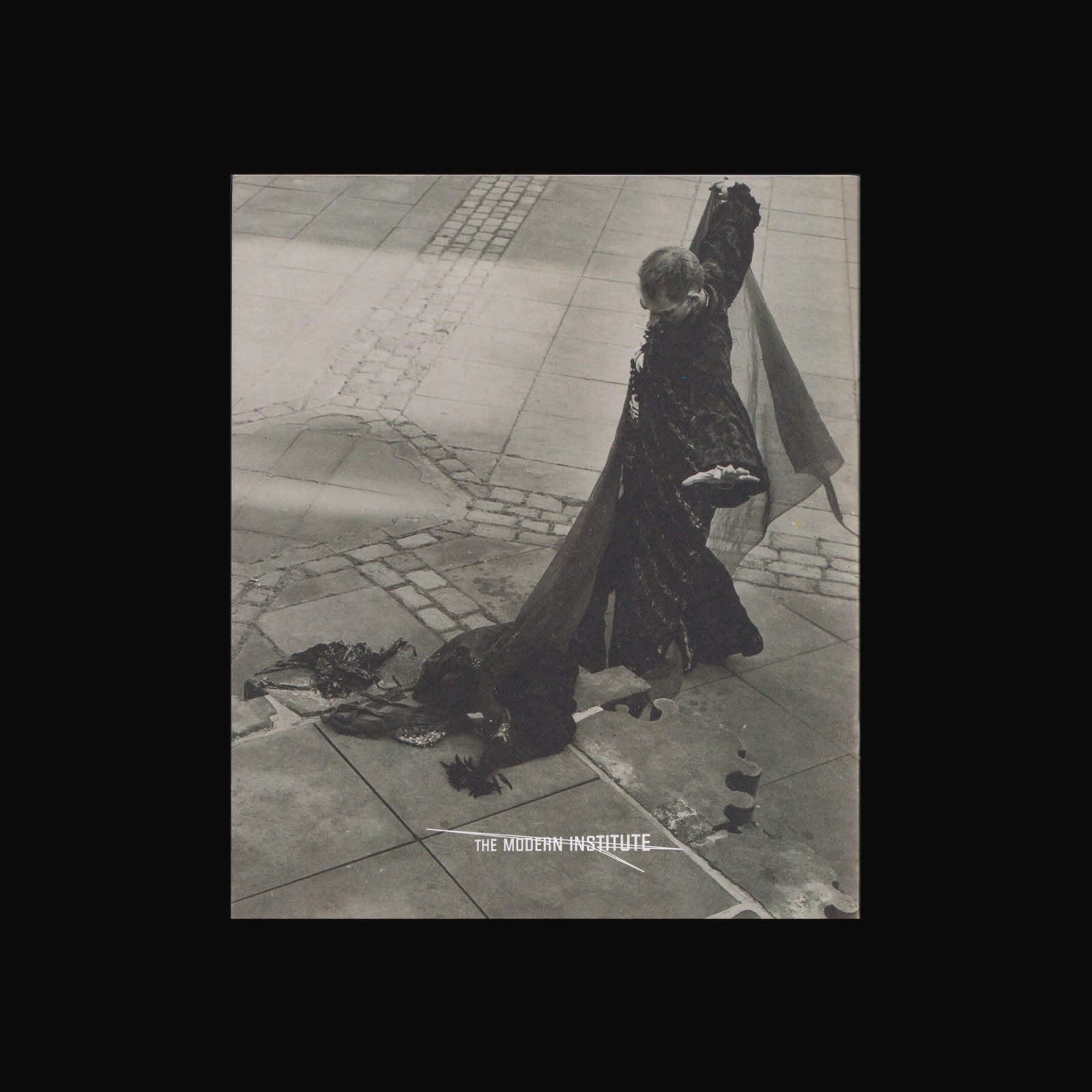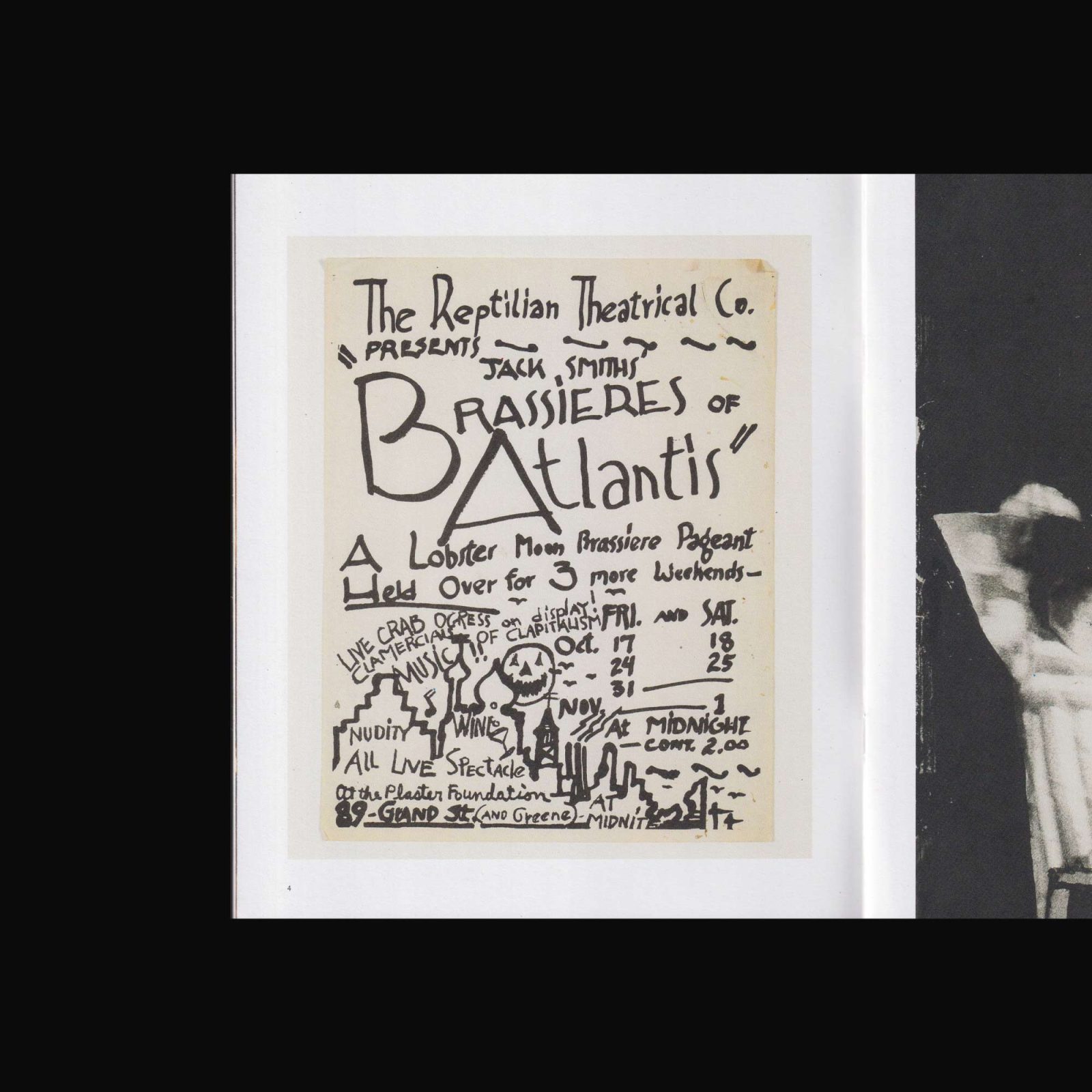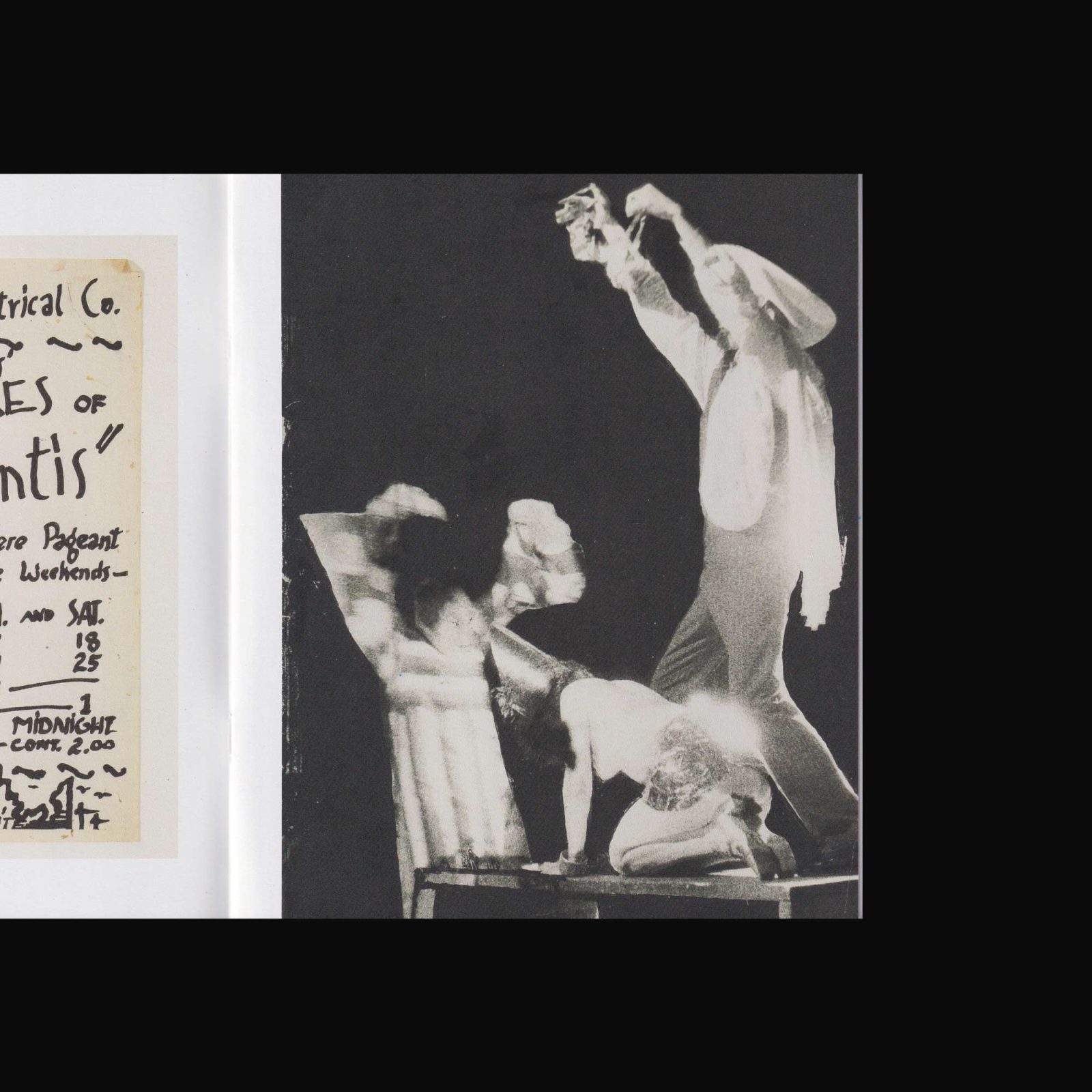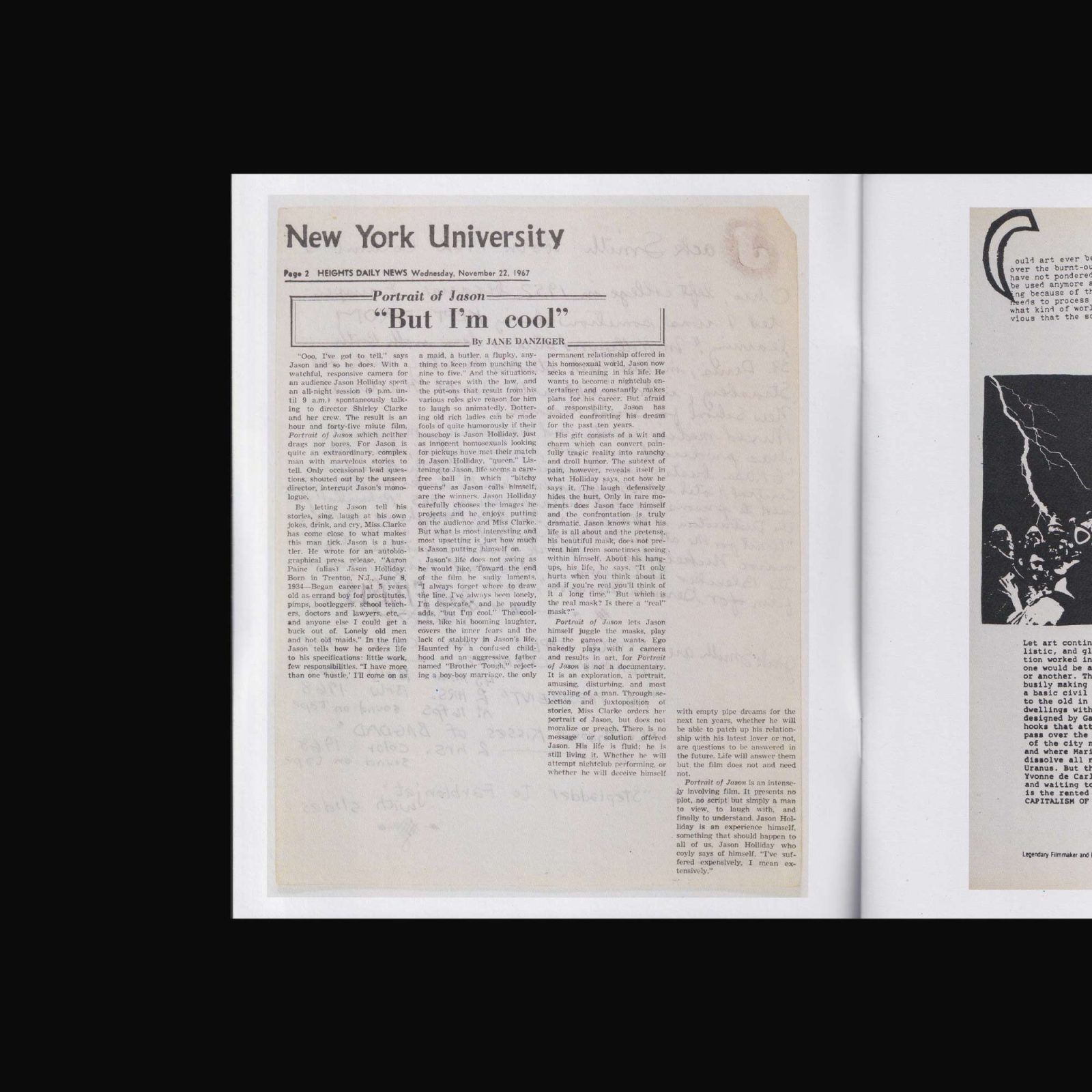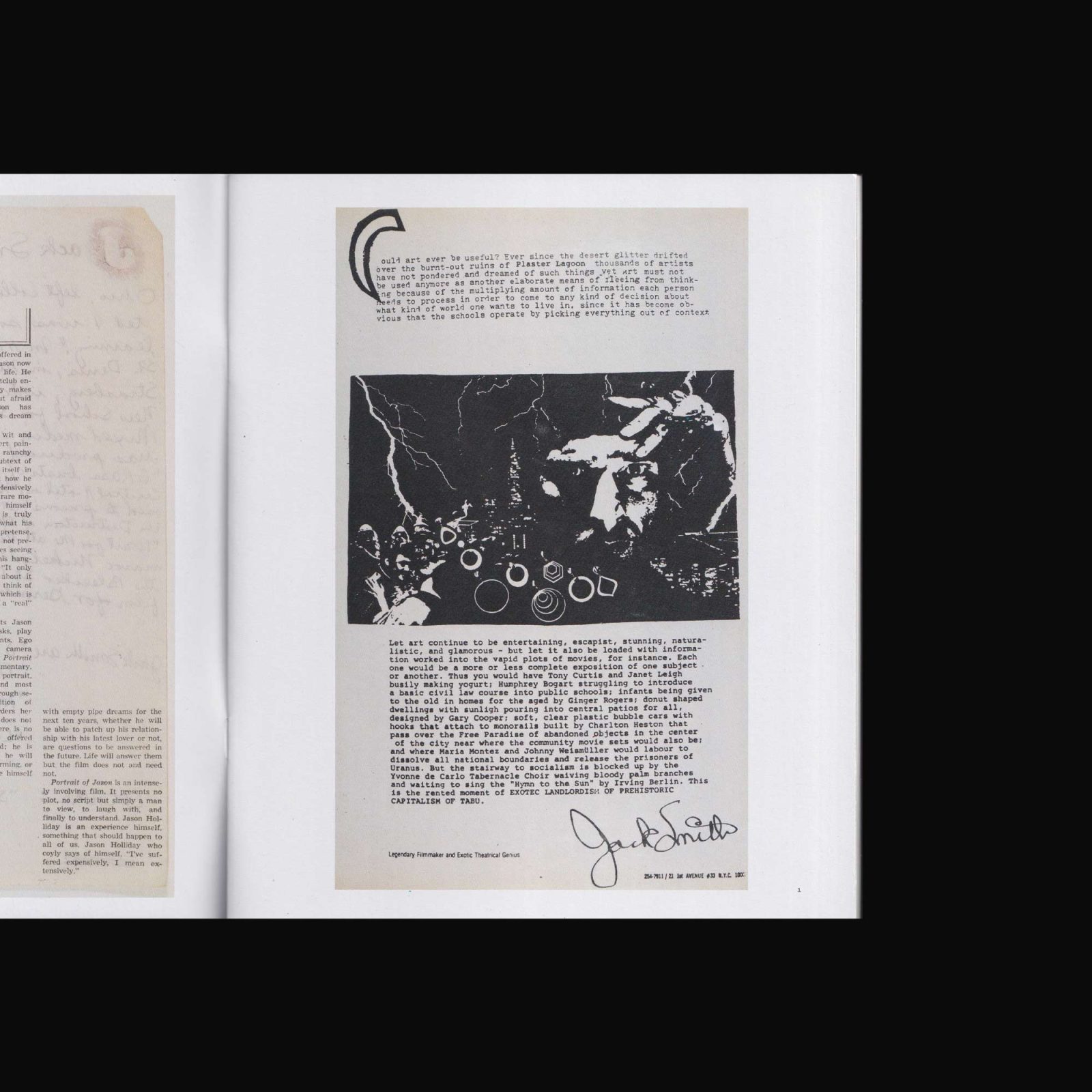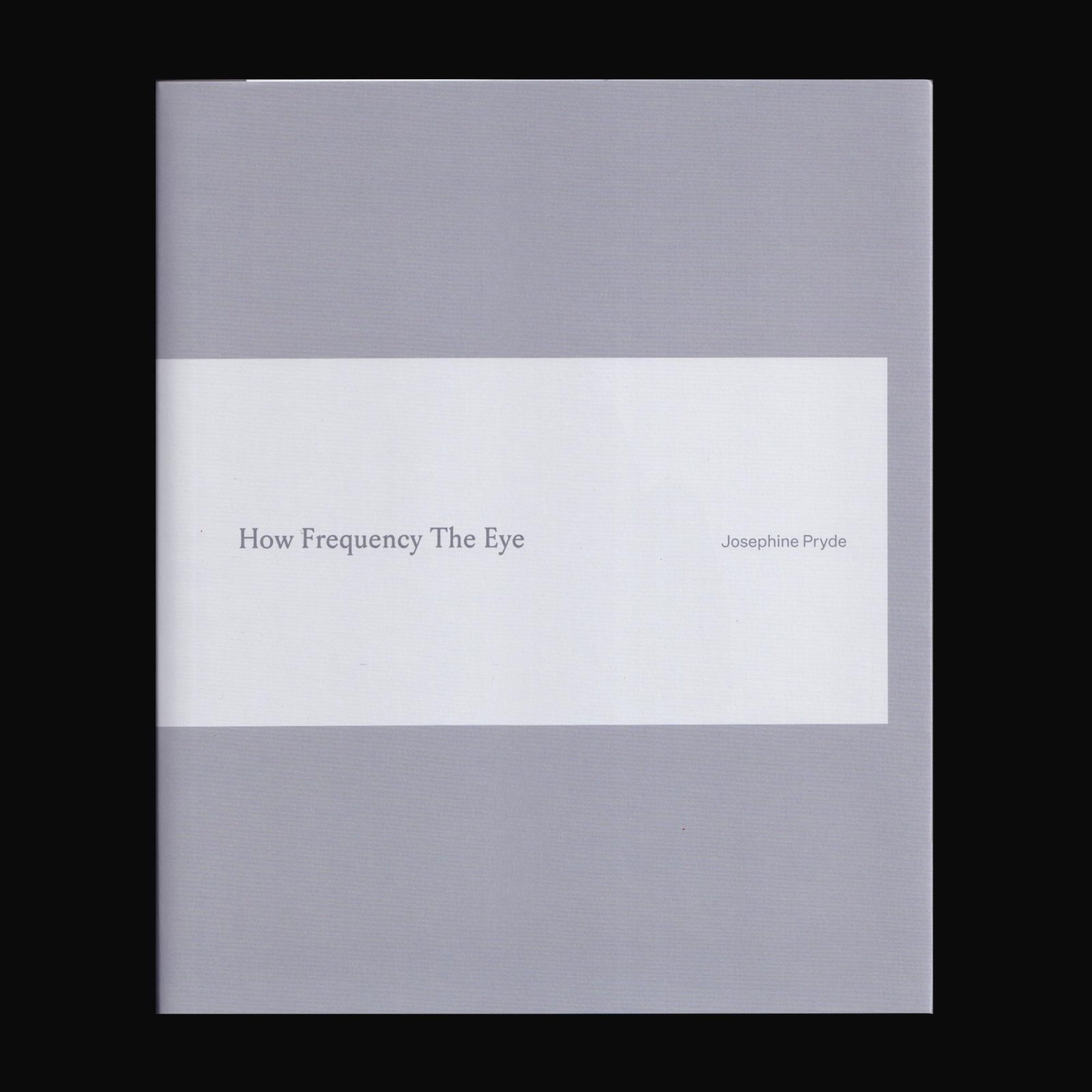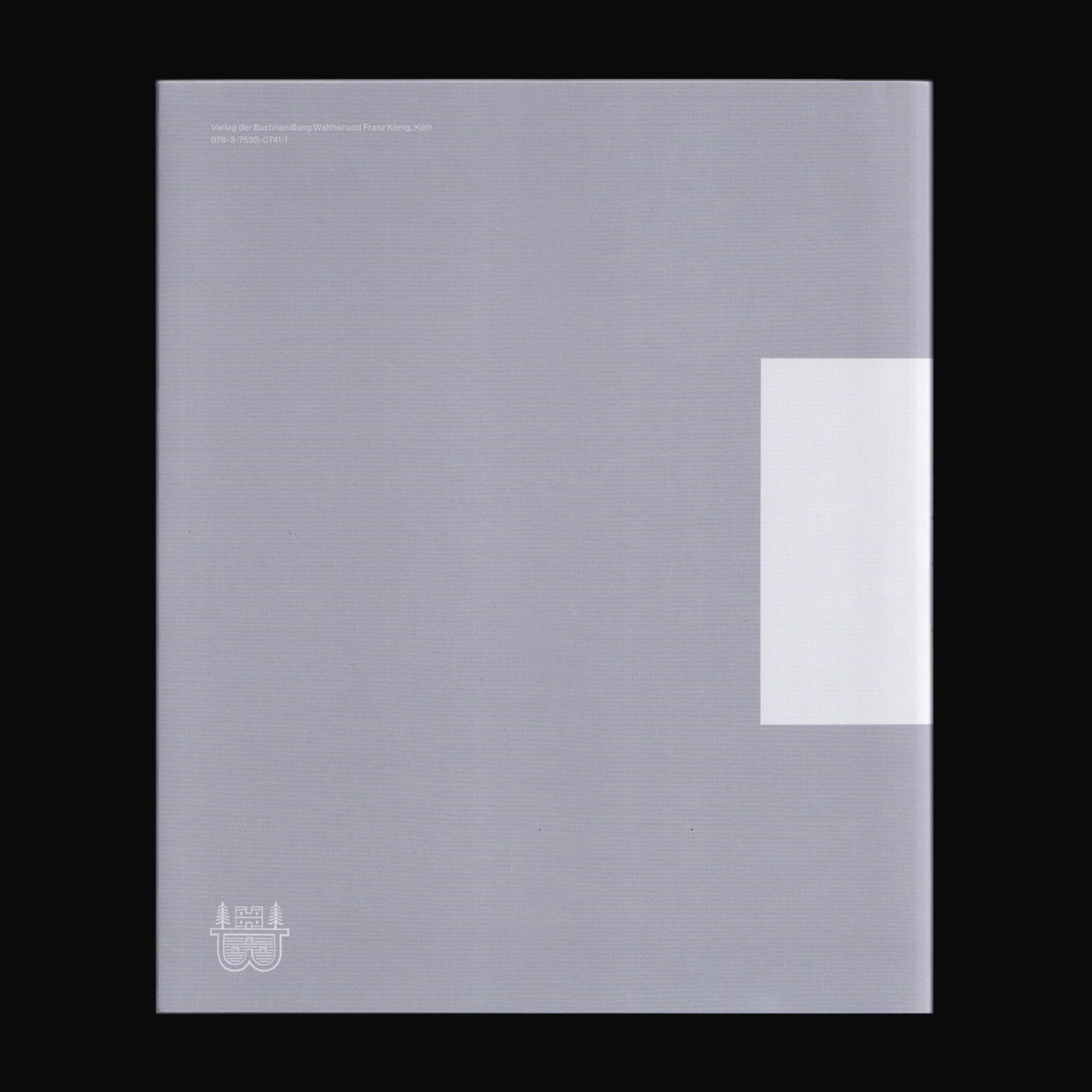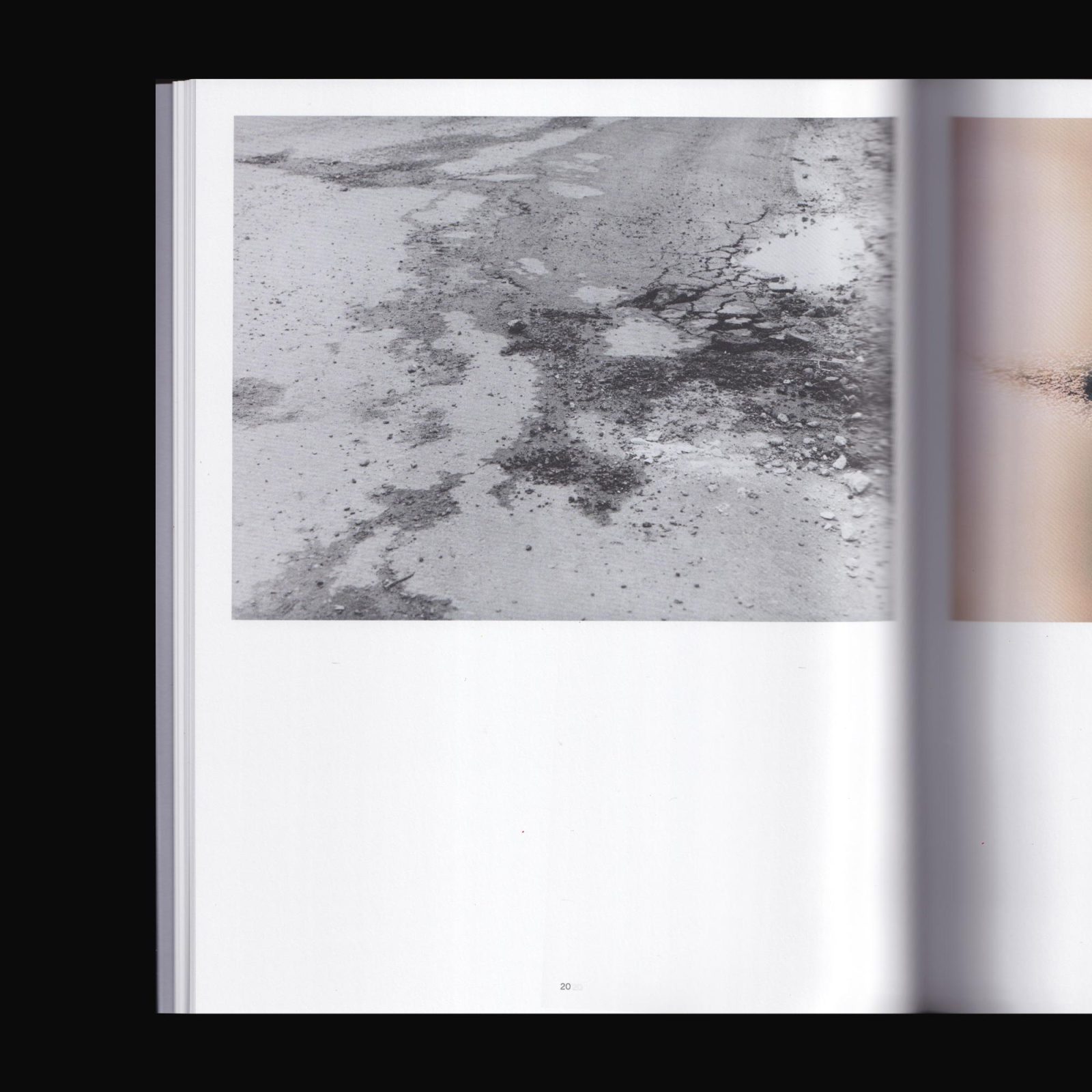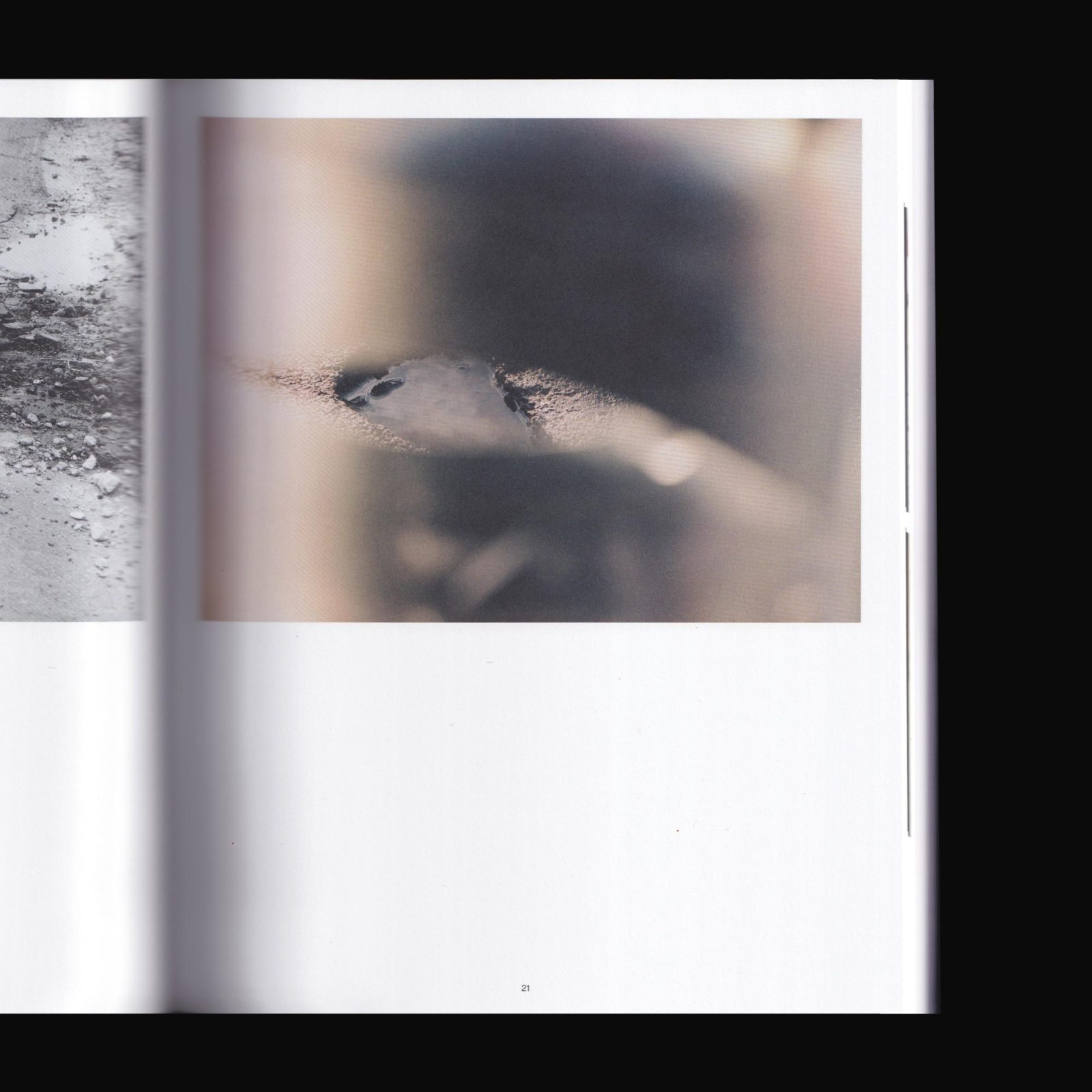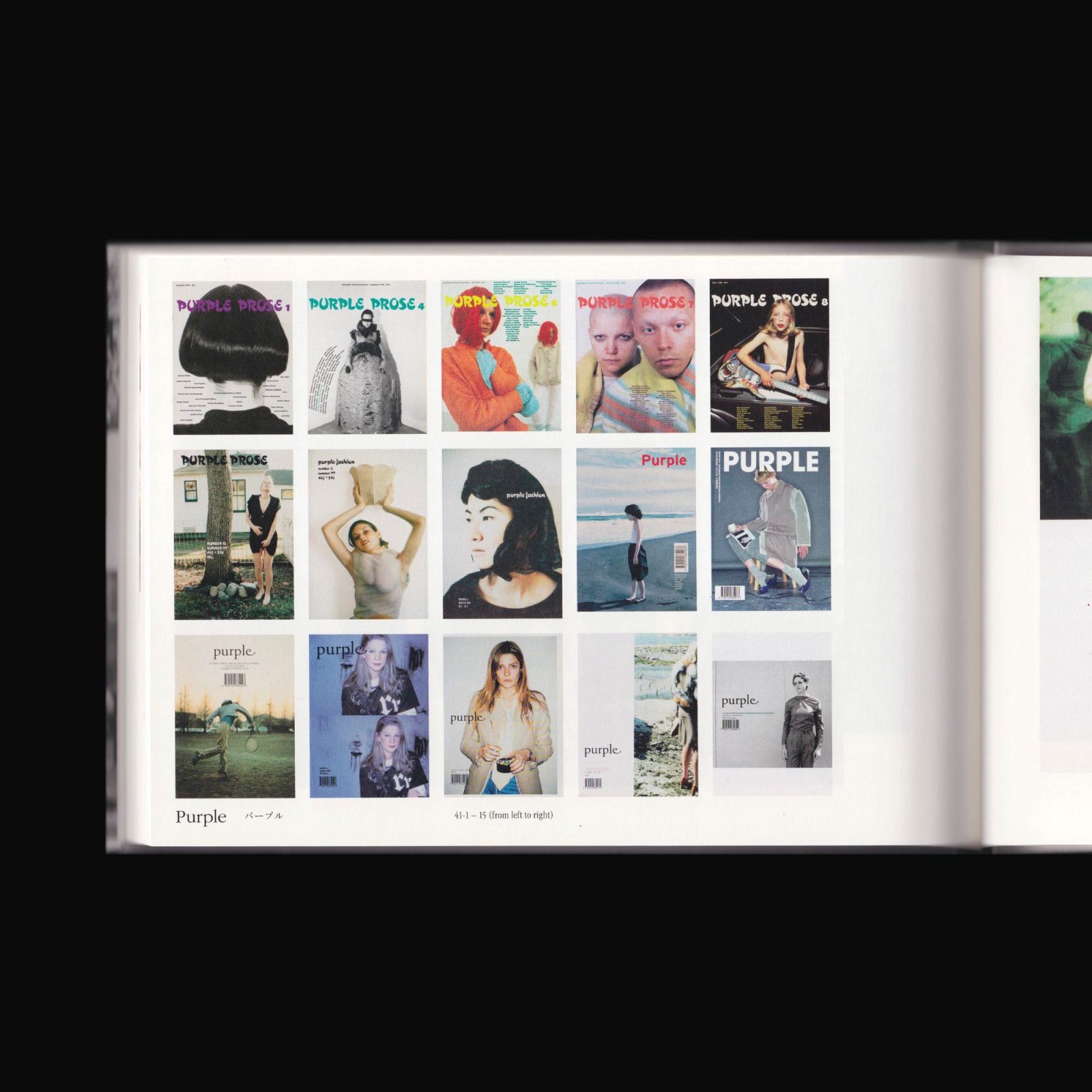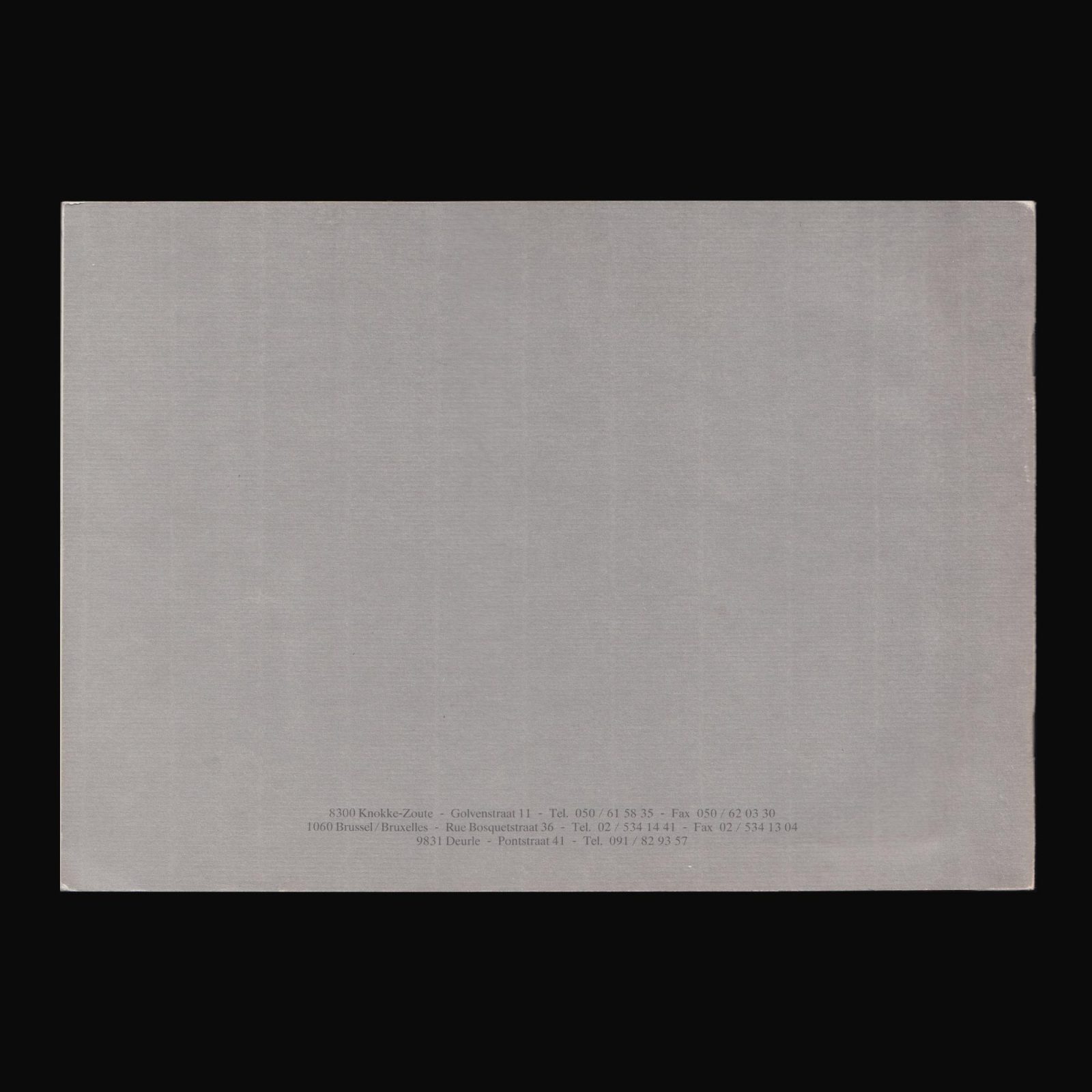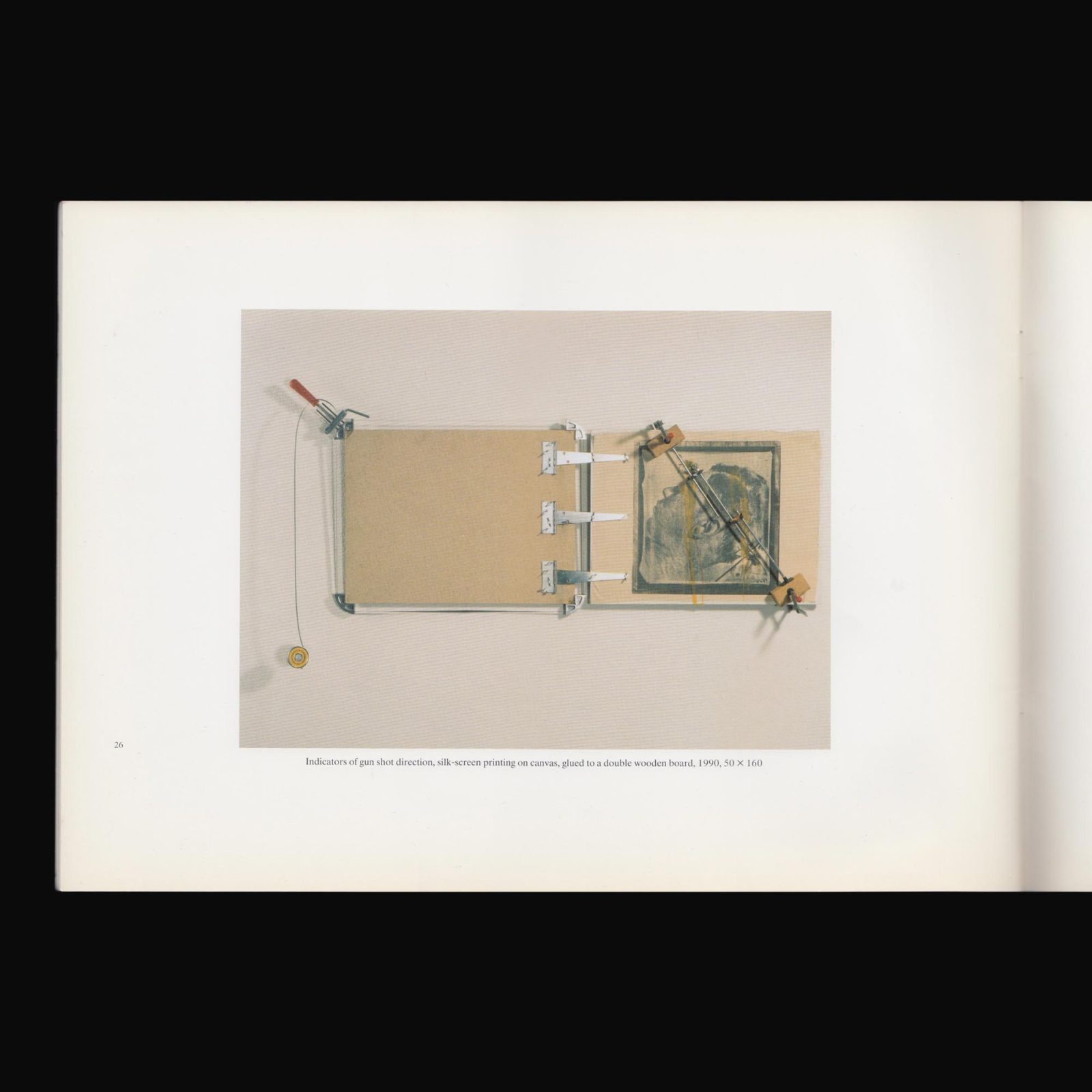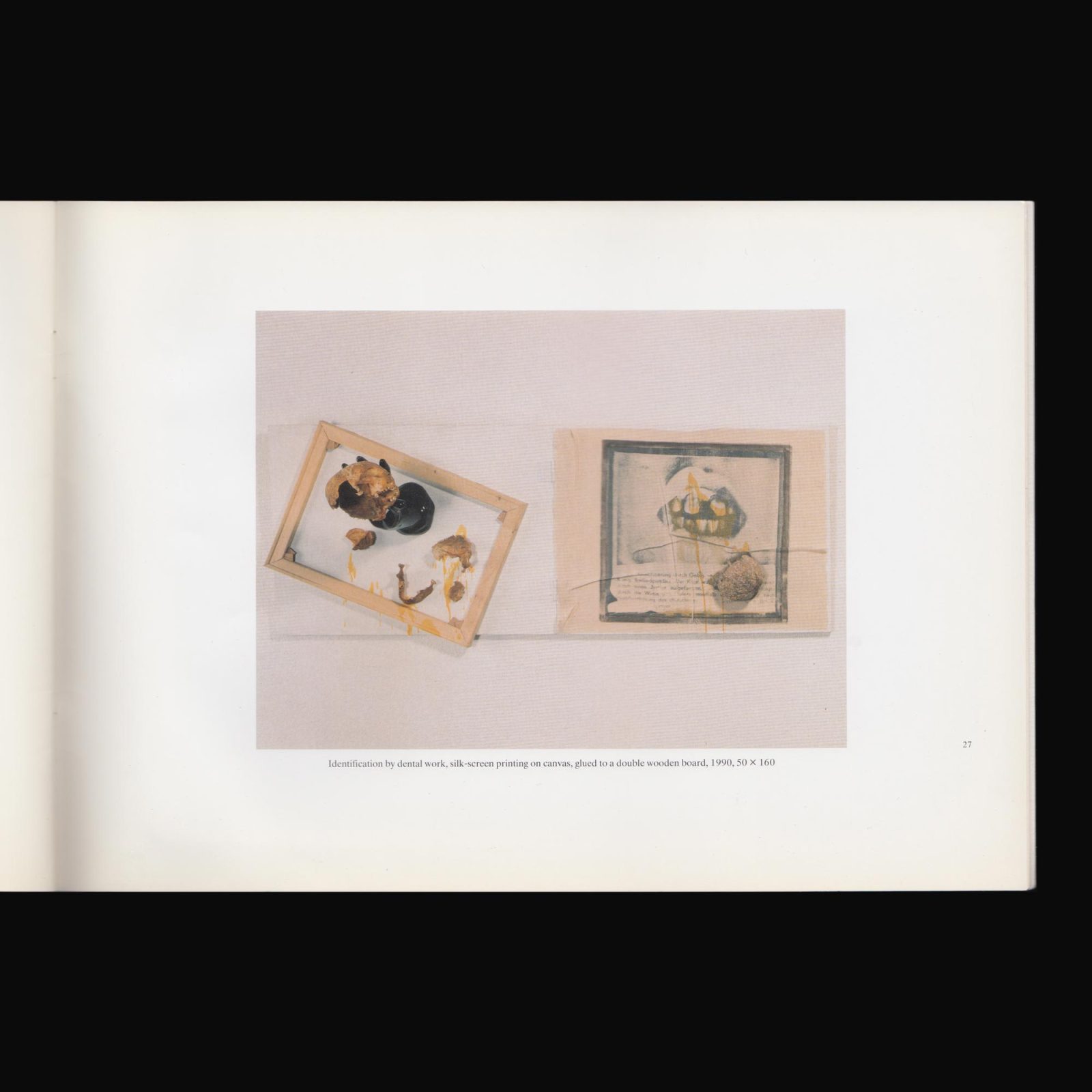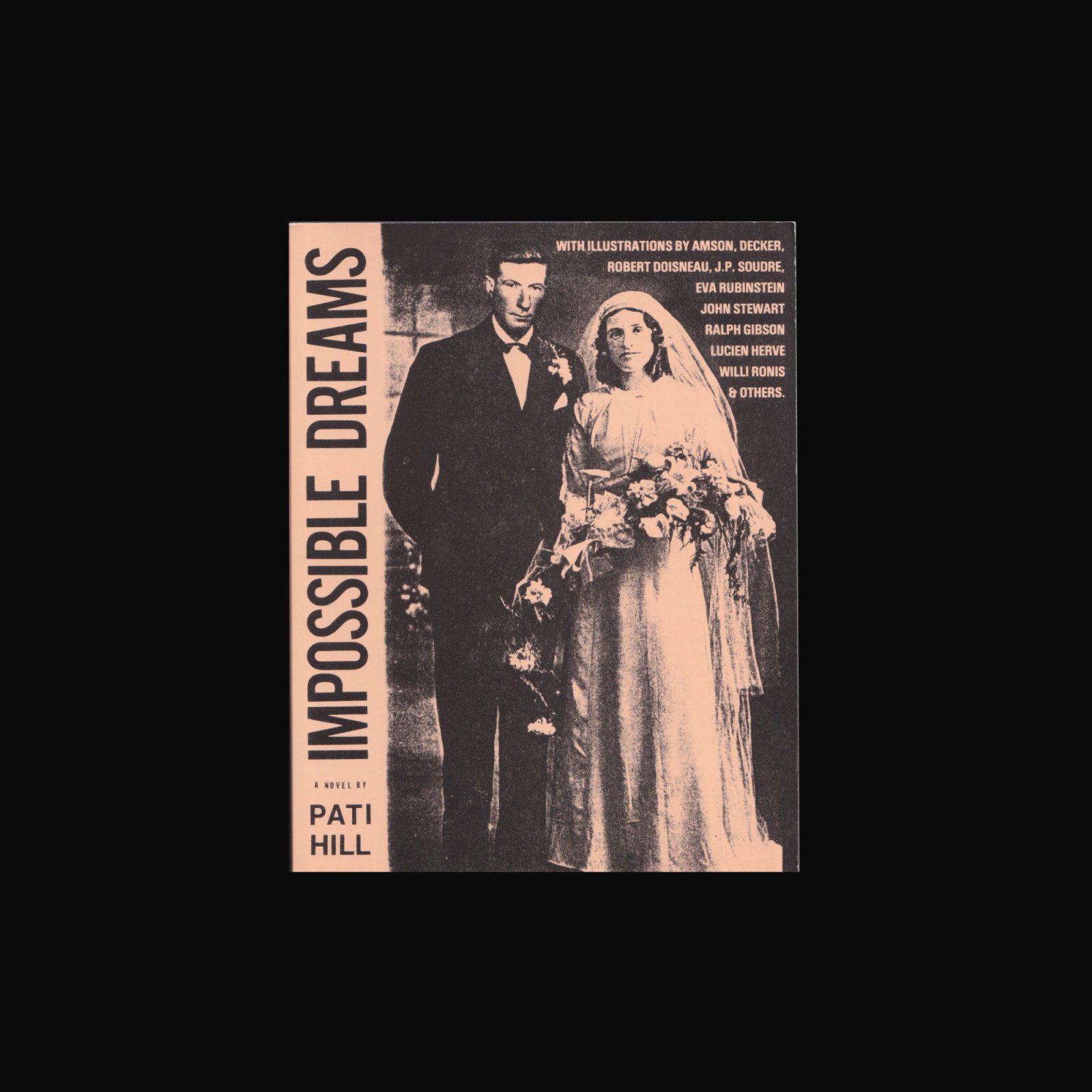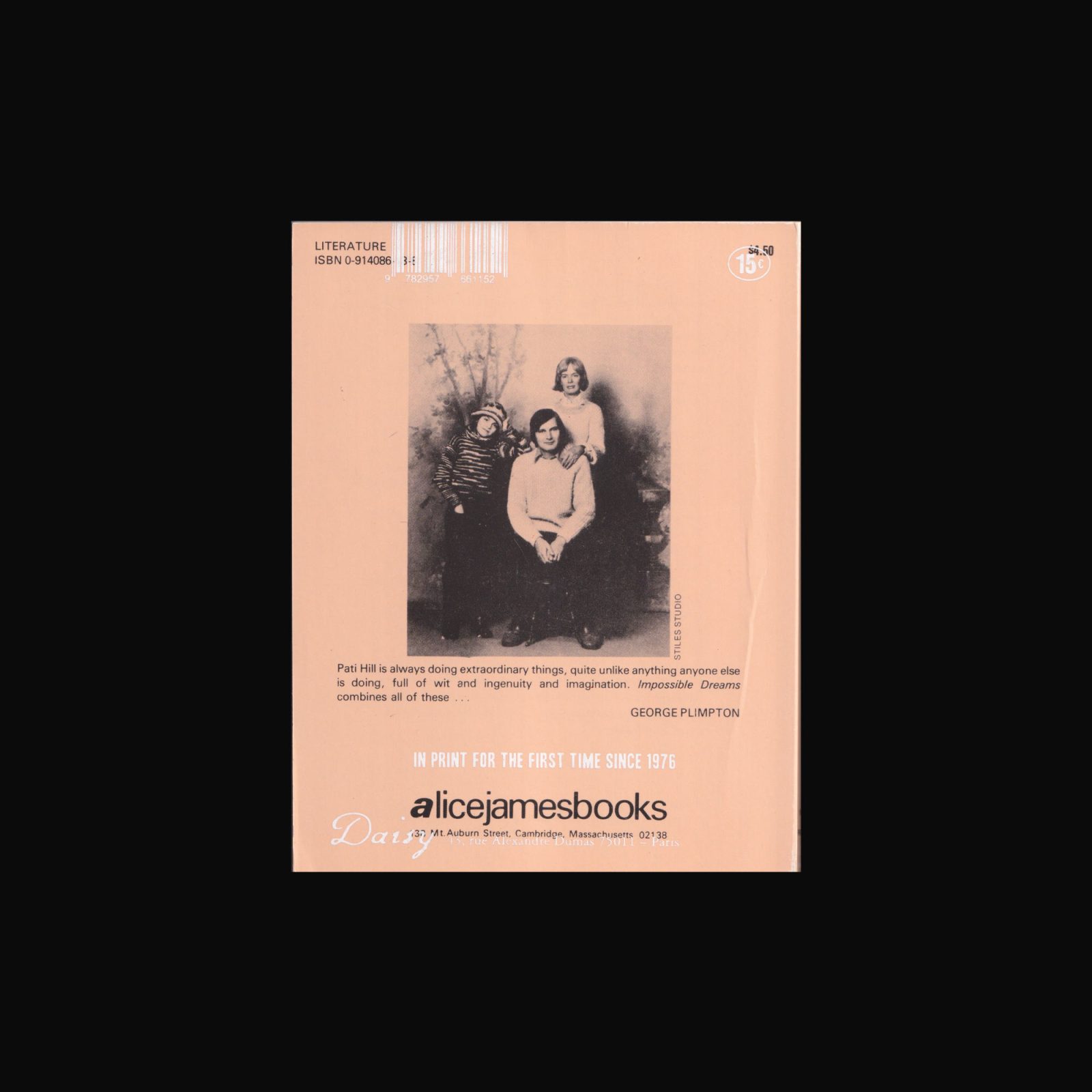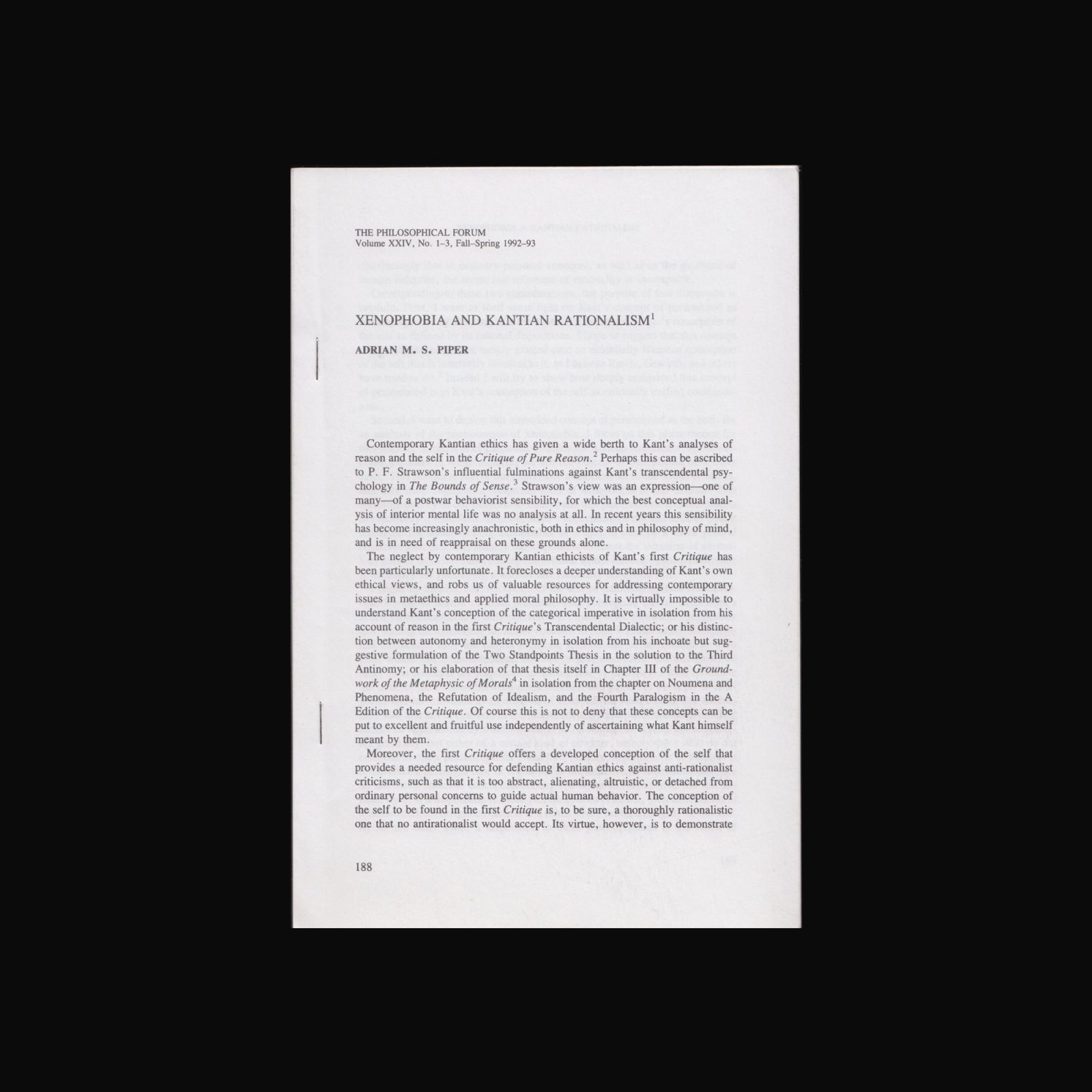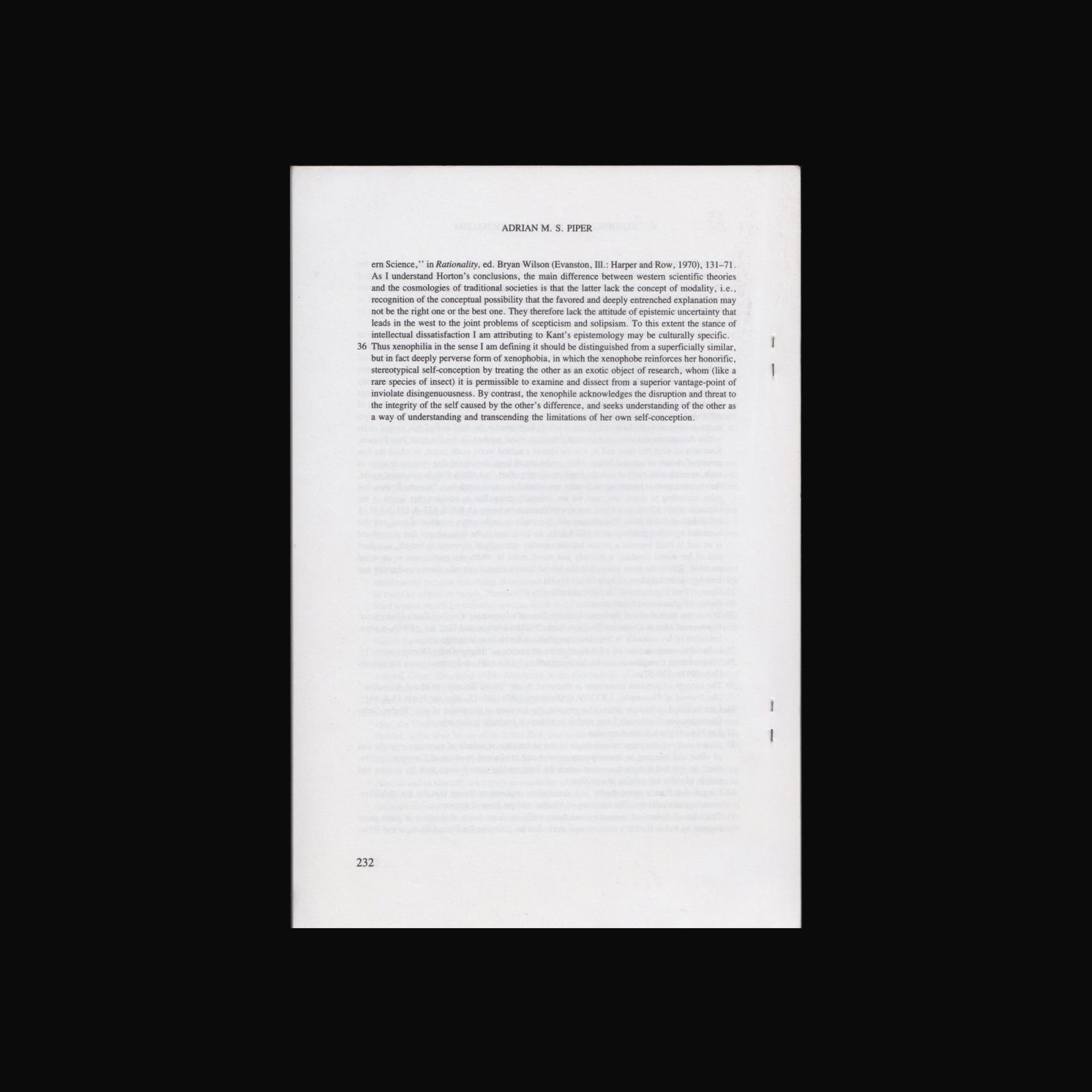Produced on the occasion of the exhibition Jack Smith at The Modern Institute, 14–20 Osborne Street, Glasgow, 24 January–24 March, 2015.
Jack Smith (1932–1989) is a central figure in the cultural history of downtown New York film, performance, and art. He began producing work in the late 1950s and became one of the most accomplished and influential artists working in the 1960s, 70s, and 80s. Inspired by 1960s subcultures of New York, underground film and experimental performance, Smith created a fantastical world fiction around his disgust with contemporary American consumer culture and a fascination with faux-Hollywood, as well as Orientalist exoticism. Through his own artistic and personal exploits, Smith developed a truly eccentric and captivating persona. Over the course of three decades, he transformed downtown New York into a theatrical environment for his ventures in film and photography.

